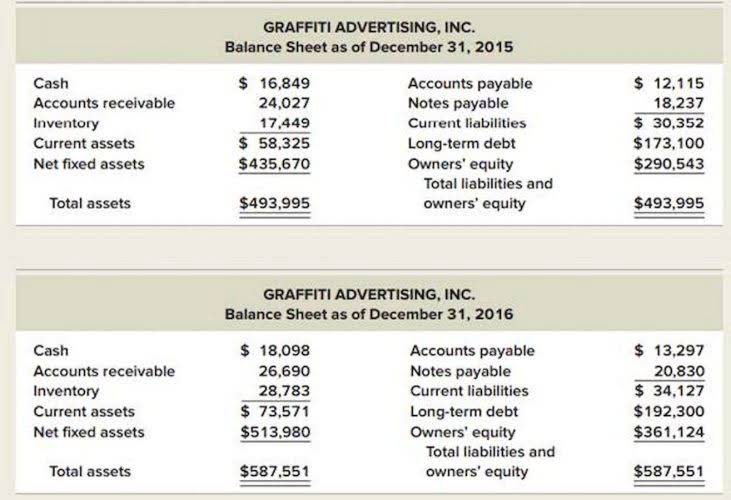
The lower the downpayment is on a DSCR loan, the higher the monthly payments will be. Consider a company that’s been renting its warehouse but recently exercised an option to purchase the building. This company’s historical income statements show “rent expense,” but that expense will no longer exist once it owns the building. In these cases, that’s cash that’s gone and can no longer be used to service debt. Some more conservative lenders will adjust EBITDA accordingly when calculating DSC for CAPEX-heavy industries. Debt Service Coverage formulas and adjustments will vary based on the financial institution that’s calculating the ratio as well as the context of the borrowing request.
- These values are inside the first bracket because these are negative values as you are paying the taxes, insurance, and other expenses.
- Hence, most risk-averse lenders require collateral as part of their loan financing agreement to protect their downside risk.
- Upon adding all the principal components of the debt service up, that will calculate the debt size.
- Debt repayment can be a daunting task, but it’s important to take control of your finances and manage your debt effectively.
- The ratio is calculated by dividing net operating income by debt service, including principal and interest.
Two of them, however, relate to specific property loans as sometimes necessitated by covenants in bank loan agreements. This article focuses on helping investors calculate the DSCR for companies based on information from financial statements. The debt service coverage ratio (DSCR) is a practical tool for investors and lenders to analyze the credit debt service coverage ratio formula in excel profile of a property based on its income potential, which determines its estimated debt capacity. Net operating income is equal to revenues, less operating expenses, and is on the company’s most recent income statement. Some lenders will have different methods of determining your company’s cash flow for their debt service coverage ratio formula.
What does DSCR stand for?
The debt-to-equity ratio is one of the most important ratios to calculate when analyzing your company’s debt. This ratio measures the proportion of debt to equity on your company’s balance sheet. A high debt-to-equity ratio indicates that your company is relying heavily on debt to finance operation, while low ratios suggest less reliance on borrowing. This ratio is used to determine how leveraged a company is and how much of a financial risk it is. In this case, the business is unlikely to have enough income to make payments on any new debt. This also demonstrates why it’s important to estimate future loan payments when calculating your annual debt service.

The function of these covenants is to give lenders some control, providing a mechanism through which to bring the project sponsors to the table to re-negotiate. Borrowers must be aware that lenders may compute DSCR using significantly different methods, and it is crucial to understand these variations when assessing creditworthiness. The Debt-Service Coverage Ratio (DSCR) is a crucial indicator of financial health and stability. Understanding it can illuminate the path to informed decisions and robust financial management. We can then copy this formula using the Fill Handle tool to find the ratio of the remaining companies. The principal payment comes out as $135k, whereas the interest payment is $1,050k.
EXCEL FORMULA 1. Debt Service Coverage Ratio
Unless the probability of recovering the original proceeds is near certain, most commercial lenders are unlikely to approve the request for financing. Additionally, you can consider color-coding your data to make it easier to read and analyze. For example, you can use green to indicate debt with a low interest rate and red to indicate debt with a high interest rate.

This formula multiplies the Starting Balance with the Interest Rate to find the interest you need to pay each year. Here, we have used the SUM function to add the values of property taxes, insurance, maintenance, and other expenses. These values are inside the first bracket because these are negative values as you are paying the taxes, insurance, and other expenses.
When Were Credit Scores Invented? A Journey Through Financial History
Some management teams elect to use cash on hand to support some or all of that CAPEX (meaning it’s not funded by debt, which would be captured in the denominator of the DSC ratio). The Debt Service Coverage Ratio (DSC) is one metric within the “coverage” bucket when analyzing a company. Other coverage ratios include EBIT over Interest (or something similar, often called Times Interest Earned), as well as the Fixed Charge Coverage Ratio (often abbreviated to FCC). Everything you need to build and interpret project finance models for a transaction.
The annual debt service is the total amount of money you require each year to pay back all debt obligations. In general words, it is the summation of all principal and interest that you pay over a year. You can calculate the annual debt service by summing all debt services of a year. Or, you can multiply one month’s debt service by 12 to get the annual debt service. It is an essential quantity because it helps us to get the debt service coverage ratio.

Comentários recentes